Inside Macy’s New Highly Automated Fulfillment Center
Corporate executives joined local dignitaries on Thursday to celebrate the grand opening of the Macy’s, Inc. distribution facility in China Grove, North Carolina
When Macy’s unveiled its new 2.5-million-square-foot automated fulfillment center in China Grove, North Carolina, it wasn’t just another ribbon-cutting ceremony — it was a declaration that the traditional retail warehouse is being re-engineered for the era of intelligent automation.
This facility, described by Macy’s as its most advanced to date, combines robotics, AI-driven optimization, and an integrated warehouse management system (WMS) to handle a staggering range of product categories — from fashion to furniture — under one roof.
So what’s actually happening inside this next-generation site?
1. Robots, Not Racks: The Shift From Manual Picking to Dynamic Flow
Historically, Macy’s fulfillment centers relied heavily on manual picking and long walking distances between storage aisles. Workers often walked miles per shift to fulfill online orders — an unavoidable inefficiency of legacy warehouse design.
In China Grove, robots now handle much of the travel distance. Mobile units and automated storage and retrieval systems (ASRS) move totes of merchandise between storage zones and ergonomic picking stations. Human operators no longer walk to the product — the product comes to them.
This design dramatically reduces non-value-added motion, improves accuracy, and keeps productivity consistent across shifts. It also minimizes fatigue, allowing Macy’s to re-assign labor toward quality control and exception handling instead of repetitive picking.
2. Conveyor and Sortation Systems That Think for Themselves
At the heart of the operation lies a high-speed sortation backbone. Conveyor systems equipped with real-time scanning and weight sensors identify each tote or parcel as it moves through the network.
The system automatically determines its next routing decision — whether the item should proceed to packing, be buffered for batch completion, or diverted to a value-added service area.
This level of “autonomous decision-making” marks a clear departure from legacy conveyor logic that depended on static routes and human oversight. The new system effectively acts as a digital nervous system, orchestrating material flow dynamically based on live order priorities and carrier cut-off times.
3. WMS + AI Integration: From Data Warehouse to Decision Engine
One of the most significant advances at Macy’s China Grove facility is the integration between its new WMS and AI-driven optimization modules.
While traditional WMS platforms track inventory and order status, Macy’s implementation uses predictive algorithms to continuously re-sequence tasks, balance workloads, and anticipate downstream congestion.
For instance:
AI forecasts which SKUs are likely to spike later in the day and pre-positions them for rapid access.
Real-time digital twins simulate the impact of incoming order waves and adjust labor deployment before bottlenecks occur.
Machine-learning models analyze historical cycle times to optimize slotting and picking density across storage zones.
The outcome: higher throughput, shorter fulfillment cycles, and fewer manual interventions.

























4. Energy Efficiency and System Uptime by Design
Automation at this scale demands reliability.
The facility includes redundant power zones, smart conveyor drives, and self-diagnostic control systems capable of detecting vibration, belt wear, and temperature anomalies before a failure occurs.
The building also leverages energy-efficient LED lighting, smart HVAC zoning, and regenerative braking on conveyors, reducing power consumption while maintaining consistent system uptime — a feature critical for 24/7 omnichannel operations.
5. Contrast With Older Warehouses: From Reactive to Proactive
Older Macy’s facilities — and indeed much of the retail logistics industry — have long operated reactively: systems report performance after the fact, managers review the data, and decisions follow hours later.
The new model is proactive and self-regulating.
Every conveyor sensor, robotic drive unit, and workstation is part of a connected ecosystem feeding into the WMS and AI control layer.
When congestion builds in one zone, the system automatically re-routes tasks elsewhere.
When an order requires consolidation across departments, the orchestration layer sequences picks in parallel.
In short, the warehouse no longer waits for managers to make decisions — it makes them autonomously, based on live data.
Tour the future home of Macy's Inc. in Rowan County, North Carolina!
6. The Future: Replicable Architecture for Macy’s Network
China Grove serves as both an operational hub and a testbed for Macy’s future network design.
By developing a scalable control architecture, Macy’s can roll out similar automation principles to its regional centers — including its distribution hubs supporting Bloomingdale’s and other group brands.
It also highlights a broader industry trend: large retailers are moving toward fewer but smarter distribution centers, where digital systems replace physical expansion as the growth lever.
Warehouse Automation AI Commentary
Macy’s achievement demonstrates how a legacy retailer can modernize without losing operational discipline. The key lies not in simply adding robots — but in integrating the mechanical layer (automation hardware) with a real-time decision layer (WMS + AI).
The result is a system capable of orchestrating thousands of simultaneous micro-decisions per minute — a feat impossible in traditional warehouses.
This transformation is not unique to Macy’s; it’s a blueprint for the future of retail fulfillment:
Hybrid workforces where humans handle exceptions and robots handle repetition.
Unified data architectures where AI and analytics drive warehouse logic.
Continuous orchestration that turns static distribution centers into adaptive, self-optimizing networks.
As automation continues to reshape retail logistics, Macy’s China Grove facility stands as a visible reminder that the supply chain is now a software-defined environment. Speed, scalability, and intelligence are no longer optional — they are the new foundation for customer experience.




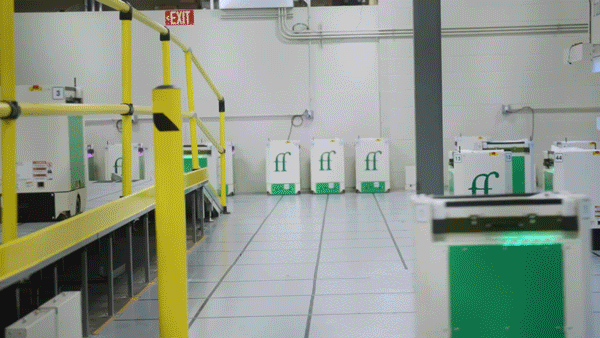

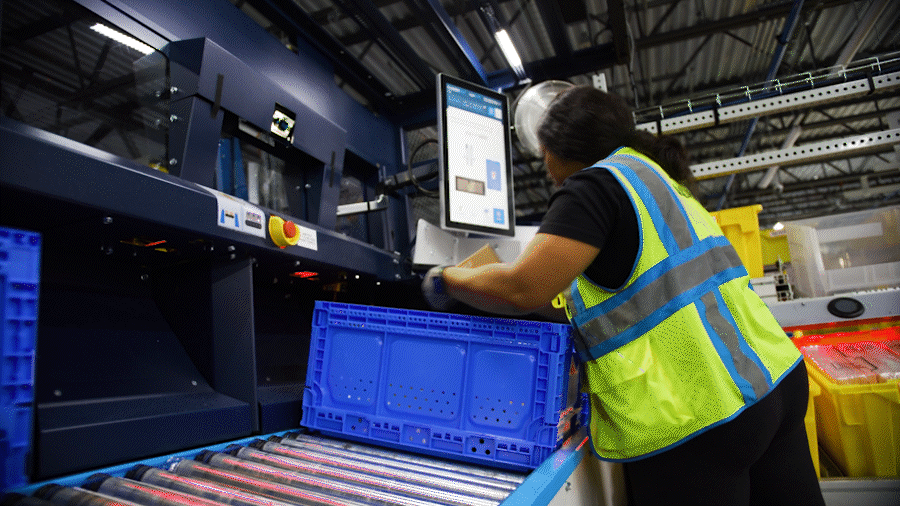







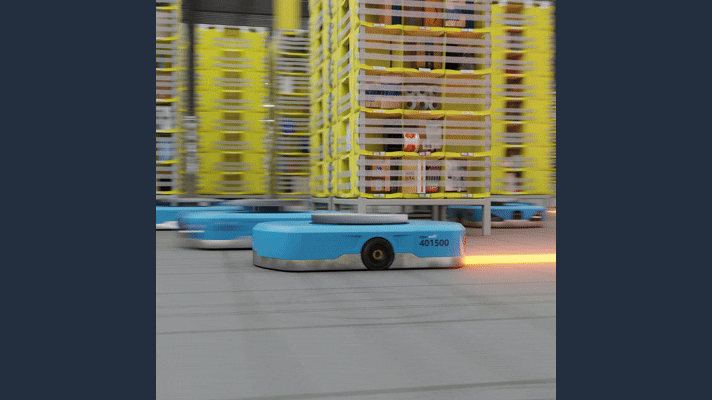








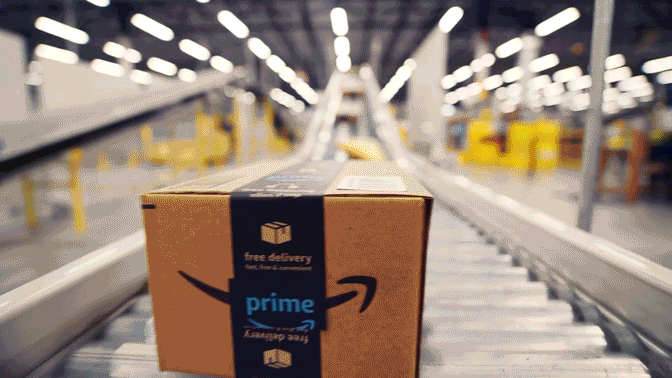

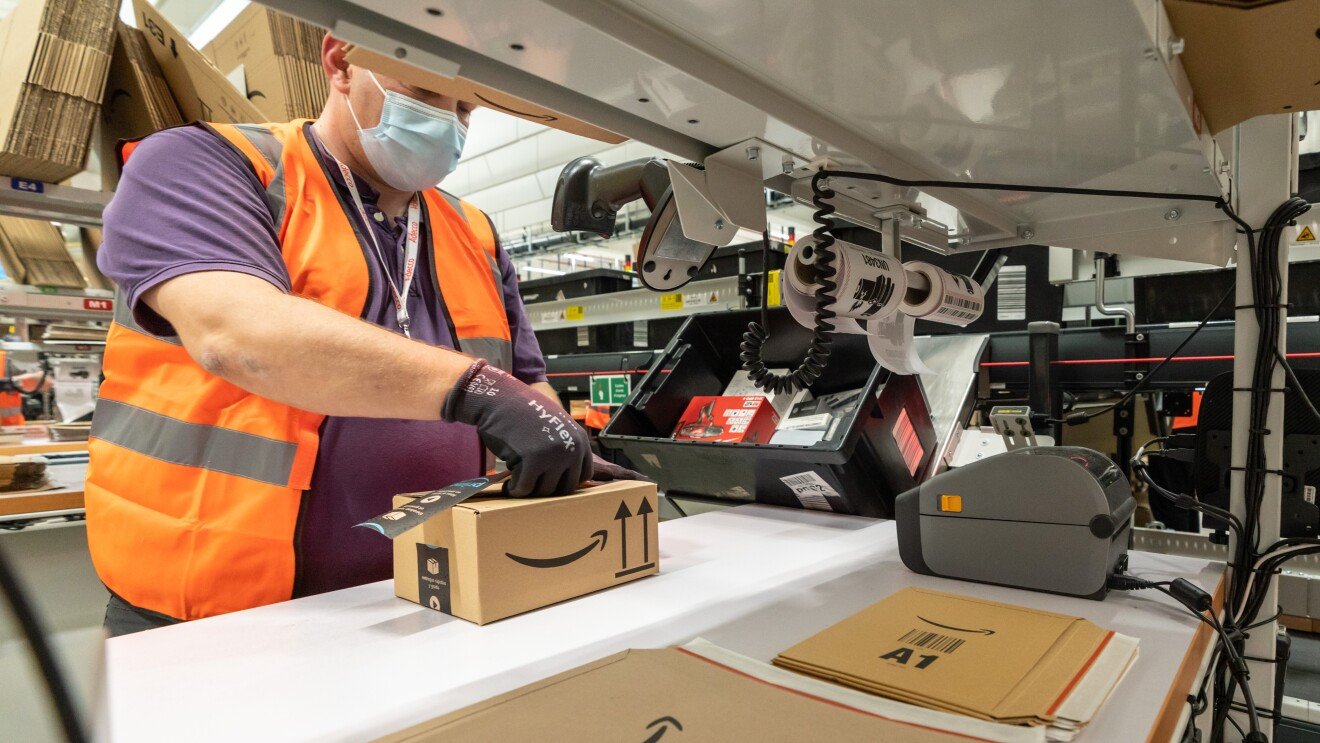




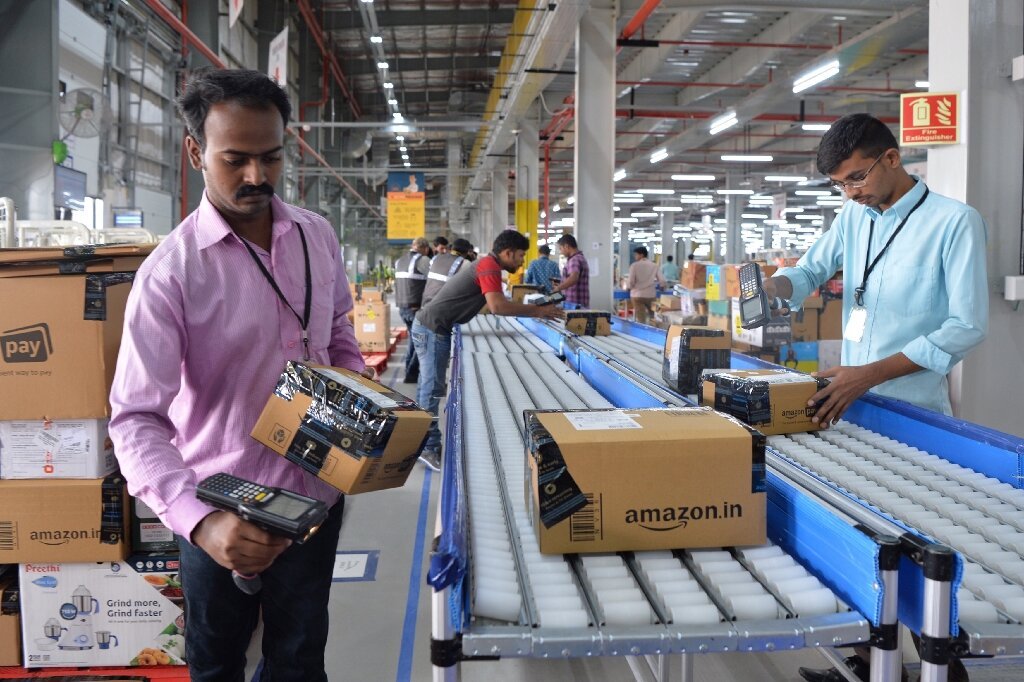
These smaller, high-velocity facilities store frequently purchased products—from fresh food and groceries to personal-care items and small electronics.